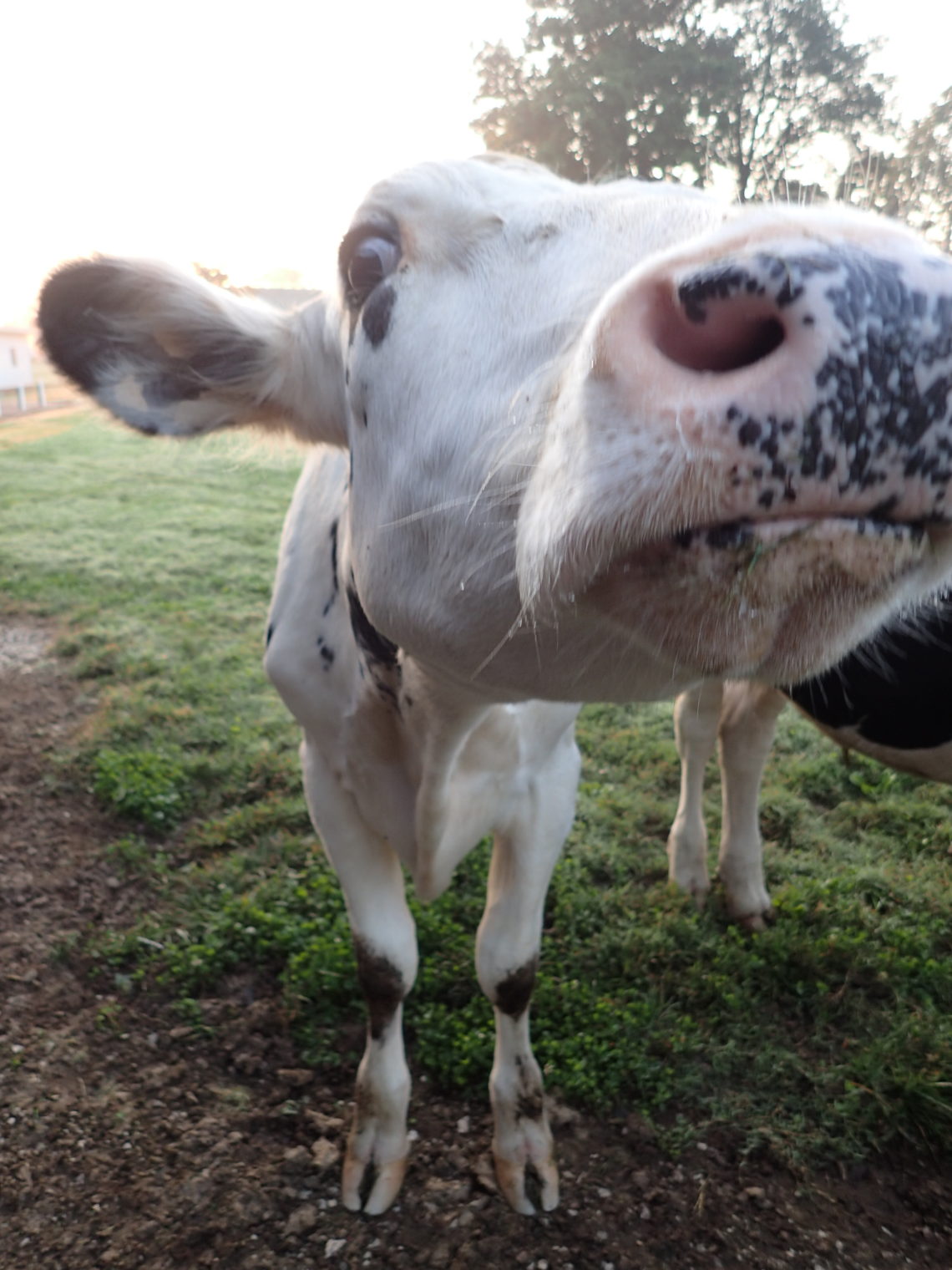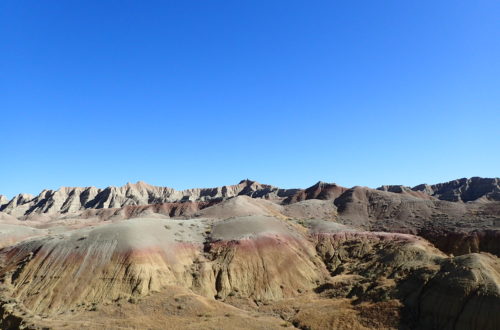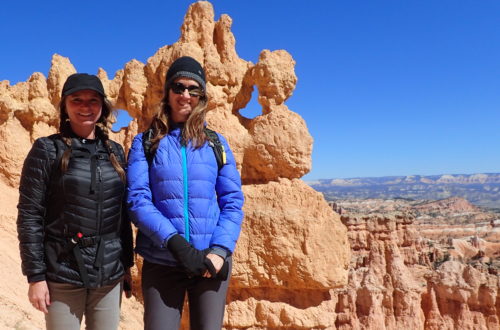
Midwest Plains
Mammoth Cave
Mammoth Cave is epic. It is the largest cave system in the world. That’s right, the WORLD! It has 400 underground miles that have been explored and who knows how many unexplored miles. There are 12 miles of developed paths through the cave. There are two bathrooms. While I personally didn’t use them and cannot comment on the details, I did hear flushes. The cave was named for its size and NOT for finding Mammoth bones.
There are 130 animal species residing in the cave, including 14 endangered. One of the most interesting animals is the eyeless fish. These fish have adapted to their lightless existence by ceasing to grow eye structures and skin pigments. Food is scarce and these evolutions developed to conserve energy.
How did this cave develop? 350 million years ago, Kentucky was a shallow sea, teaming with tiny shell life. The shells of these minuscule animals accumulated on the seafloor. These layers compounded and hardened to form limestone, which is soluble (or able to be dissolved in water). The water receded and Kentucky evolved into a shoreline. Sand flowed from the north, depositing on top of the limestone. It hardened to become sandstone, which is insoluble (not able to be dissolved in water). Tectonic plates moved and the upper layers cracked. Rain flowed into the cracks in the insoluble stone and washed away the soluble limestone layers below, creating the cave. The stream still flows 350 feet below Mammoth Cave.
If you take the Historic Tour, you will learn about the saltpeter mining set up and tools. When mixed with sulfur and charcoal, saltpeter forms gunpowder. The miners were called “peter monkeys”. They labored long in the dark, cold cave environment, which was lit with torches that gave off toxic smoke. The men had to crawl into small spaces to extract the earth. The earth was then soaked in water causing the important elements to leach out. This solution was then heated with logs cut from trees outside of the cave and dragged in. Evaporation left the saltpeter behind, which was then processed into gunpowder. Work was hard and wages were minimal, so slaves were often used. These brave men wrote their names on the walls of Mammoth Cave.
Our guide stops us at a split in the path. He prepares us for what is about to happen, saying “this cave is a rare place where you can be in complete and absolute darkness.” He asks us to secure any children and turns off his lantern. It is a surreal and eerie experience, with eyes open but zero visual stimulation. Pure black.
After squeezing yourself through (aptly named) Fat Man’s Misery and Tall Man’s Folly, you will see Mammoth Dome, which IS a mammoth dome far above an expansive room. And you will, as I did, climb out of the cave, blinking in the sunlight, shedding clothing in the Fall heat, and forever altered by the experience.
While I visit the Mammoth Cave area, I stay at an AirBnB farmhouse that was beyond a quick place to stay. There are friendly cows, surreal sunrises, fog, lakes, spiderwebs with dew drops, and an exceptionally wonderful couple. The wife gives me a tour of their property on their four-wheeled rugged cart. She and her husband are so genuine and helpful that I left with a feeling of warmth and wellbeing. This is an amazing way to start the trek across the Plains.
I head from Mammoth to St. Louis. Halfway, I stop at a much-anticipated labyrinth in New Harmony, Indiana. In 1814, a group of German immigrants named the Rappites, built a thriving village, with a religious utopia flair and a sculpted privet hedge labyrinth. In 1825, they sold the town and moved back to Pennsylvania, where they built another village north of Pittsburgh. They built three towns total, each with a labyrinth. The Rappites viewed the labyrinth as a symbolic attempt to overcome life issues. A vow of celibacy ended the community after one generation. The town of New Harmony recreated the labyrinth in a nearby state park.
I am a devotee of labyrinths. I seek them out wherever I travel. This one is different than any labyrinth I experienced. Most labyrinths are flat to the ground, designed out of patterns in stone, or painted on concrete, or made from rock or grass paths. This one is three dimensional, with chest-high bushes used for the borders. At the center of the labyrinth is a circular log building with a hidden door and one window. The outside is rough and vine-covered; the inside is clean.
Labyrinths are meant to be meditative. At the entrance, it is recommended that you clear your mind. On the walk towards the center, I relax and center myself, letting go of all expectations and stresses of the day. I allow the calm to settle deeper the closer that I get. Once I reach the center, I hope to receive a message. My messages aren’t usually transformative, but simple reminders. I use the time coming out of the labyrinth to reflect on the insight received.
The peace of the labyrinth follows me to St. Louis.
While I was in Mammoth, demonstrators clashed with police officers over the acquittal of a white former police officer who was charged with killing a black man. The host of the downtown AirBnB warns me to be extra careful as there is unrest in the city.
Surprisingly, I find that people go out of their way to be kind. They seem to be shocked by the verdict and determined to offset the injustice with love. They hold doors and wave me through. They let me go ahead of them in the coffee line. They tell what they know about the arch as I shield my eyes to look for the viewing room inside the top. As Abby and I leave Gateway Arch National Park, I pass a stop sign where someone put a white sticker with red lettering under the word “STOP” that reads “and kiss”.
St. Louis is the beginning of the Lewis and Clark Trail. The trail passes through portions of Illinois, Missouri, Kansas, Iowa, Nebraska, South Dakota, North Dakota, Montana, Idaho, Oregon, and Washington. I follow it through the first six states, culminating at the Badlands National Park.
Along this path, the signs for Wall Drug are the most notable attractions, which illustrates the monotony of the drive. Wall Drug is located in the town of Wall, South Dakota. It’s a cowboy-themed shopping mall consisting of a drug store, a gift shop, restaurants, as well as an art gallery and an 80-foot brontosaurus sculpture. There are over 650 miles of billboards on Interstate 90, stretching from Minnesota to Montana. Before the Highway Beautification Act of 1965, there were 3000 Wall Drug billboards. The company spends an estimated $400,000 on these signs every year. To this day, every one is hand-painted. Time magazine featured Wall Drug as one of the largest tourist attractions in the northern United States. There are 76,000 square feet of tourist trap fun with one million yearly visitors.
Bill Bryson, the travel writer known for his book, A Walk in the Woods, says “It is the advertising equivalent of the Chinese water torture. After a while, the endless drip, drip, drip of billboards so clouds your judgment that you have no choice but to leave the interstate and have a look at it. It’s an awful place, but I loved it and I won’t have a word said against it.” Yes, I went. It was exactly as you would expect. Bill Bryson comments on the merchandise. “The store is filled with the most exotic and comprehensive assortment of tourist crap human eyes have ever seen.” Everything you don’t need. It’s a must-see.
Abby and I roll into our cabin at Cedar Pass in the Badlands at 10 pm in the middle of a lightning storm. Our eyes were red, dry, and blurry from staring at the road. We drag our bags behind us to the cabin in the inky darkness. We can hear the water drops landing on the roof and see the light flashing through the western patterned curtains. Abby crawls into bed, covers her head, and allows me to do the unpacking.


You May Also Like

Austin and NOLA
January 18, 2018
South Dakota
January 7, 2018
